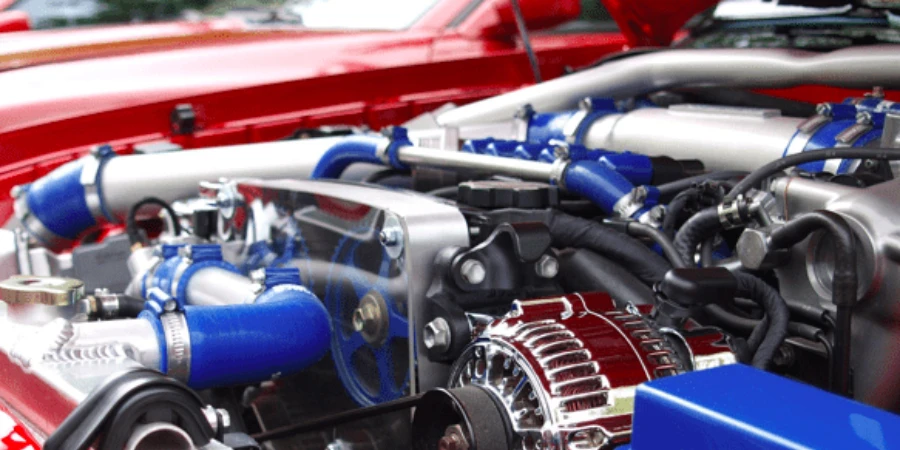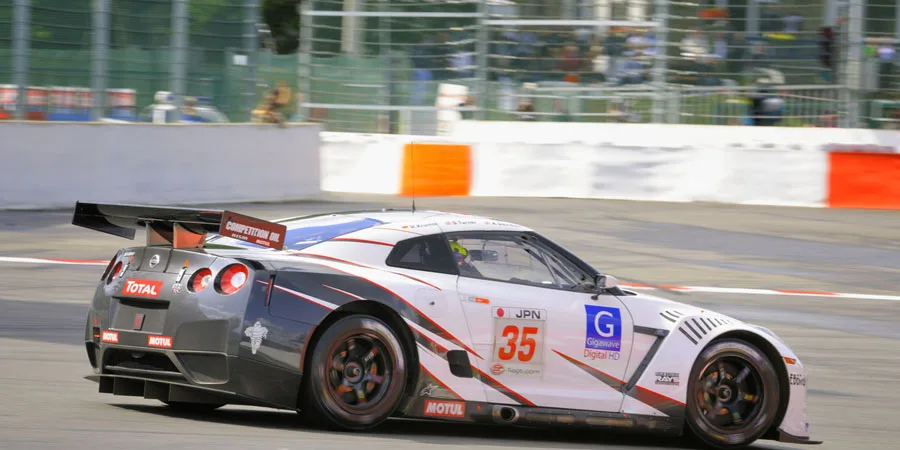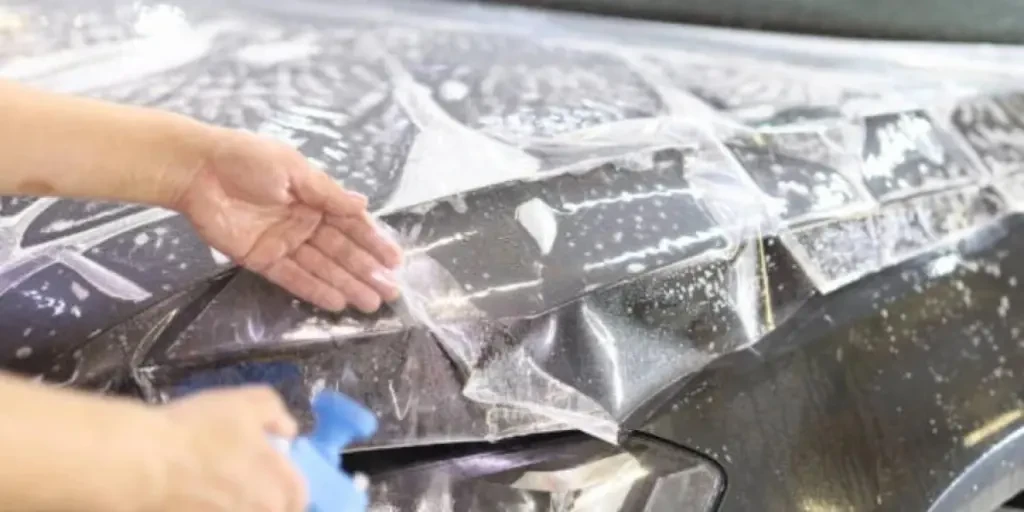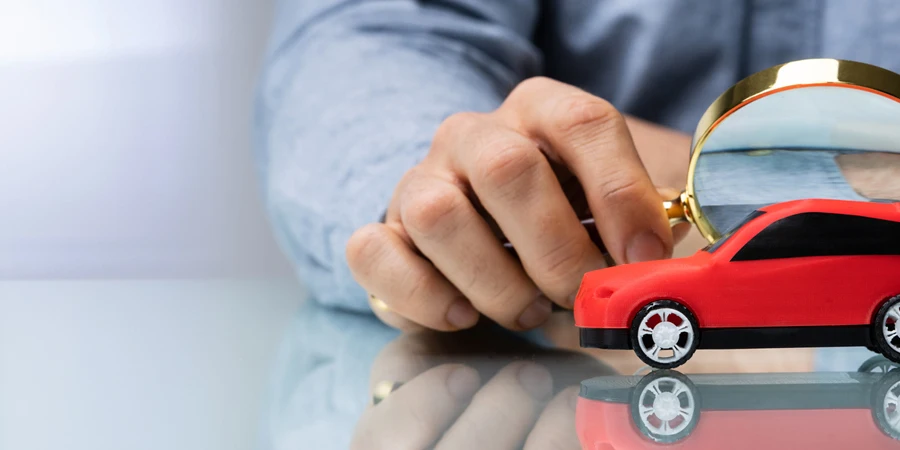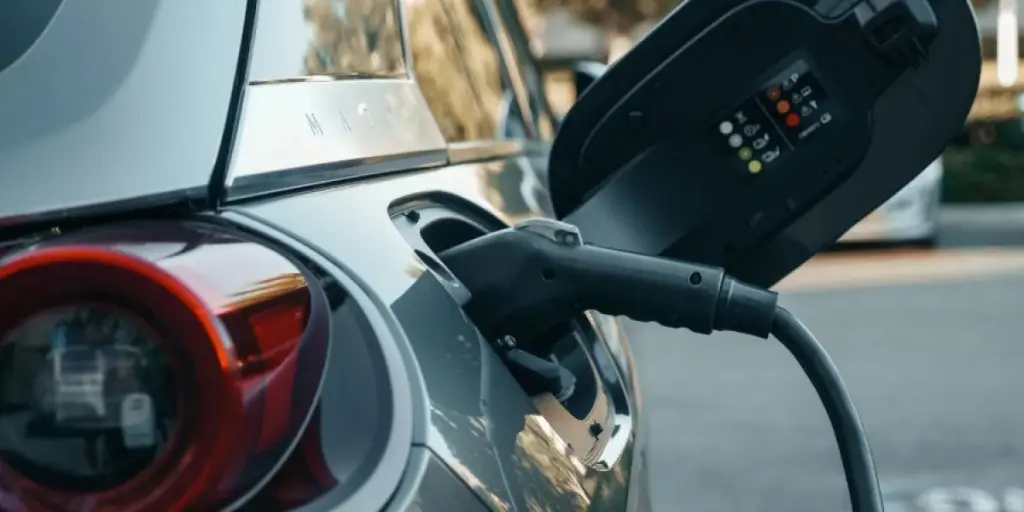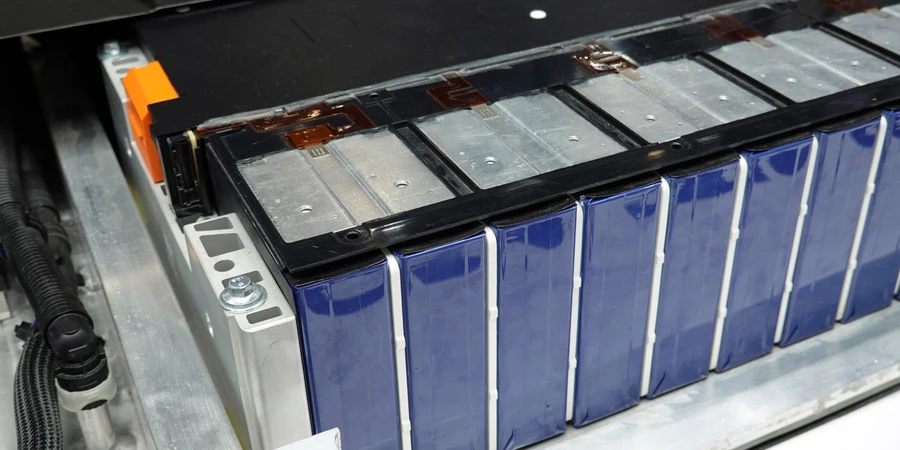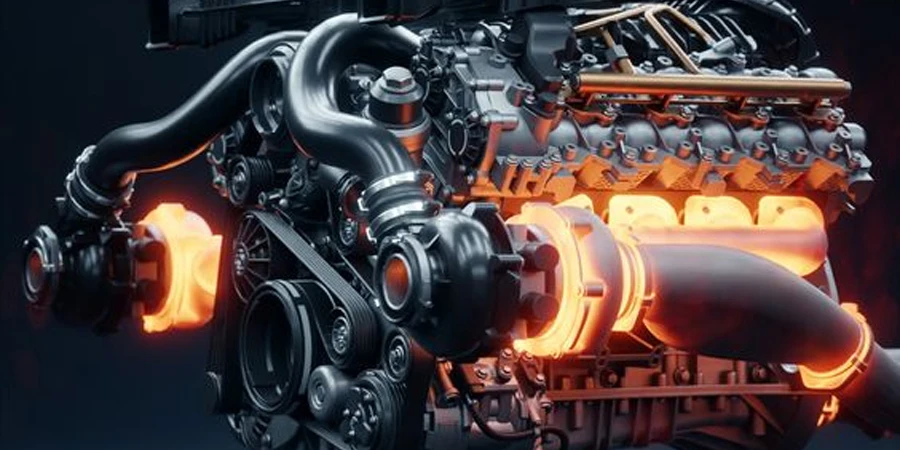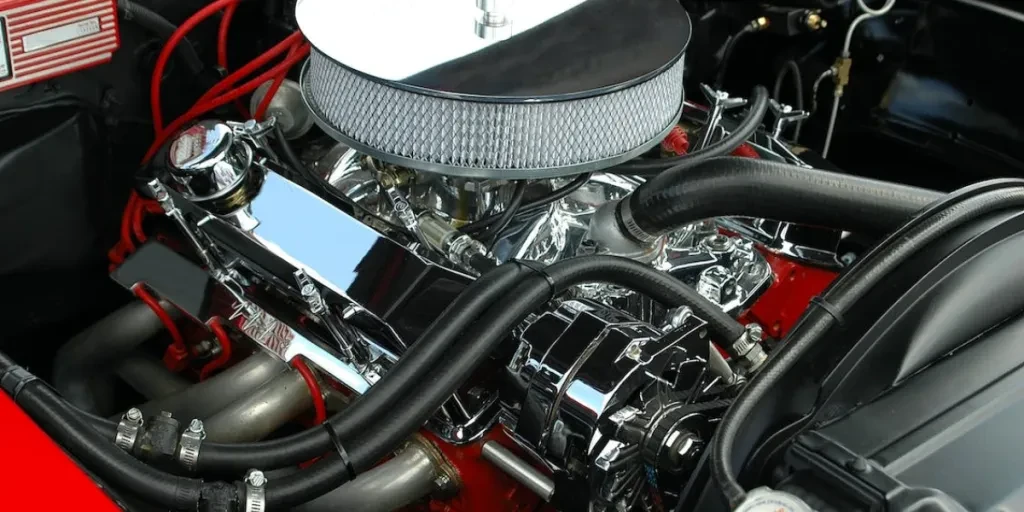Starter Motors provide us with an effective means of restarting our cars when the battery dies or we accidentally turn over the engine while it’s running, or need to turn it over unexpectedly while it’s running. They make engine starting safer & simpler than hand cranking.
As soon as the key is turned, current from the battery flows through field coils attached to the starter housing and into an electromagnetic field that turns a smaller gear known as the pinion on the starter.
Overrunning Clutch
Starter motor overrunning clutches are used to prevent engine ring gears from driving the starter motor Armature directly, and may result in overrunning of its Armature by its Armature.
Overrunning can cause the starter to spin faster than an engine flywheel, and eventually cause it to fail completely – this is often one of the primary causes for starter failure.
A simple test to see if this may be occurring would be taking out your starter and manually turning it in the opposite direction from motor shaft rotation, in case its pinion does not rotate then this indicates an overrunning clutch issue or failing overrunning clutch.
Sprag-type overrunning clutches are designed to engage abuttingly with an axial travel stopper formed on the outer periphery of an internal gear and have a clearance in radial direction between it and its inner bore that is less than backlash.
At their other ends lies an inner peripheral shoulder formed on a starter center case as part of its design; both parts feature resin as base material integrally within their design.
Solenoid
The starter solenoid is a small device mounted atop of the starter motor which connects its control wire with either the flywheel or flex plate via heavy contacts, turning over your engine when keyed on or the starter button pushed.
A weak solenoid may make an audible clicking sound, or perhaps no noise at all when the starter button is pushed. If it malfunctions it could result in weak clicking sounds when pressing or even no noise when starting up the engine.
The solenoid is activated by an electromagnet that produces a magnetic field which attracts and holds onto an armature core, consisting of a small disk with one metal pole on one side and coil body on the other. You can visit this site to learn more.
A spring connected to this core causes it to rotate both rotationally and axially – this motion being transmitted by gear to the starter drive shaft which spins the crankshaft while turning flywheel or flexplate gears simultaneously.
As the starting cycle begins and solenoid is activated to focus the magnetic force from armature core armature onto coils, air gap voltage times flux generates a significant starting current that drives flywheel or flexplate rings and starts the engine over.
As the pinion gear turns, it causes the flywheel to accelerate faster. A one-way sprag clutch that comes standard on most starters engages with ring gear on flexplate or flywheel to stop backdrive from occurring and protects it from being driven directly by pinion gear and damaging it further.
If the starter doesn’t produce a loud click when turned on or the buttons pushed, this could indicate either weak coiling of its solenoid, resistance in its contactor and not closing properly, or only minimal current flowing from heavy contactor terminals of the starter to its motor itself.
Pinion Gear
Starter motors feature a small gear at the end of their motor shaft known as the pinion gear that engages with a larger gear on the flywheel to generate turning force and produce high torque at low speed, creating an effective high torque/low speed ratio needed to kick start an engine. This gear arrangement helps provide sufficient initial thrust necessary to kick-starting engines successfully.
If when turning the key you only hear a whirring or grinding noise, something’s amiss with the mechanism which pushes out the pinion gear to engage the flywheel. One way this may fail: either it fails completely to engage, or engages but then slips past its clutch causing slippage of clutch.
Early starter motors employed an inertia-engaged pinion system, wherein a Bendix simply turned a pinion to engage it with the flywheel ring gear. But as an engine ran and accelerated, its inertia caused overspeeding between these components that led to them moving out of sync and throwing off contact with each other and sending the pinion spinning back along its helical splines in an unexpected direction.
This was extremely dangerous.
Later, a safer and simpler pre-engaged pinion system was implemented. A solenoid attached to My Auto Parts starter motors act as an electromagnetic relay. When the 12 Volt signal is applied to the ignition switch terminal 50 it energizes solenoid which then activates the starter motor and allows pinion to exit the protective cover until the engine turns the flywheel.
The pinion gear features a female thread on its inside that connects with the male thread on the starter shaft, while there’s also a rubber bushing or spring serving as an overload cushion and permitting some slippage under extreme circumstances.
Contactor
As soon as you turn on your key or press the starter button, electricity flows to the ignition system, fires the spark plugs, then activates a larger magnetic switch known as a solenoid.
This switch directs high amperage power from your battery directly to the motor, meshing gears. In addition, it moves a fork lever attached to the pinion gear into contact with either flywheel or flexplate depending on engine type – then moves a fork lever that pushes it into alignment with either flywheel or flexplate (depending on type).
Electric motors consume significant power when first starting up and require much less to maintain their speed afterward. The initial surge of power, known as inrush current, may reach several times the normal running current for the motor and may even melt alloy contact terminals on motor starters if exposed metal is present. To protect itself against such circumstances, motor starters come equipped with overload relays that monitor current flow and shut off power to the circuit if it begins climbing excessively.
Source from My Car Heaven
Disclaimer: The information set forth above is provided by mycarheaven.com independently of Alibaba.com. Alibaba.com makes no representation and warranties as to the quality and reliability of the seller and products.
